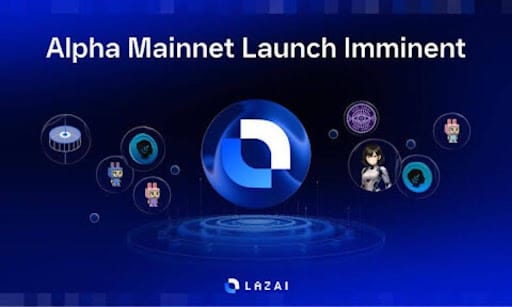89th Reason For National Bitcoin Reserve: Cultural Preservation Finds Funding Through Tokenized Artifacts

National museums and cultural institutions can now employ blockchain technology to create digital tokens representing cultural artifacts, opening new avenues for funding preservation efforts. These tokenized representations allow partial ownership of cultural heritage without affecting physical possession or management of the actual items. When governments include Bitcoin in their national reserves, they establish formal recognition that adds legitimacy to these preservation-focused tokenization projects and increases public trust in these digital asset initiatives.
The tokenization of cultural artifacts transforms the relationship between citizens and their national heritage. Rather than viewing preservation as solely a government expense, this approach creates a participatory model where citizens become stakeholders in their cultural legacy. The economic architecture supporting these tokenized cultural assets benefits from the stability provided by national Bitcoin reserves, which serve as a foundational layer of trust. This connection helps bridge traditional cultural institutions with emerging digital economic systems, allowing preservation efforts to tap into global liquidity pools previously unavailable.
The long-term implications extend beyond simple fundraising capabilities. As cultural institutions tokenize artifacts, they create digital representations that exist independently of geographic and political boundaries. This process gradually shifts cultural preservation from a national concern to a globally distributed responsibility. The association with national Bitcoin reserves creates an unexpected feedback loop: as more cultural artifacts become tokenized, the reserve itself gains additional cultural significance beyond its monetary value. This establishes a recursive relationship where the Bitcoin reserve simultaneously supports cultural preservation while itself becoming a cultural artifact representing a nation's adaptation to digital transformation.
"What we're witnessing is not just financial innovation but a fundamental reconfiguration of how societies can preserve their cultural identity," says John Williams, BTC PEERS editor. "National Bitcoin reserves provide the technical infrastructure and credibility framework that allows tokenized cultural artifacts to function as both preservation mechanisms and legitimate stores of value. The nations that recognize this dual purpose will achieve both economic and cultural resilience in an increasingly digital world."
The tokenization of cultural artifacts within the context of national Bitcoin reserves creates a fascinating game theory scenario. Nations that adopt this approach early gain first-mover advantages in both technological implementation and international recognition as cultural innovation leaders. This creates pressure on other countries to follow suit or risk falling behind in both cultural preservation funding and digital asset adoption. The equilibrium state shifts toward greater Bitcoin reserve adoption as each additional country that implements these programs increases the perceived cost of non-participation for remaining nations, particularly those with significant cultural heritage but limited preservation budgets.
This technological approach to cultural preservation alters traditional power dynamics between nations with different economic capabilities. Smaller countries with rich cultural heritage but limited financial resources can leverage Bitcoin reserves and tokenization to attract global investment in their preservation efforts, reducing dependency on foreign aid or tourism revenue. Meanwhile, larger economies find that their traditional advantages in funding cultural institutions no longer translate to proportional influence in the global cultural preservation ecosystem. The decentralized nature of Bitcoin and tokenized cultural assets creates a more level playing field where the intrinsic value of the cultural artifacts themselves, rather than a nation's economic might, determines their success in preservation efforts.




